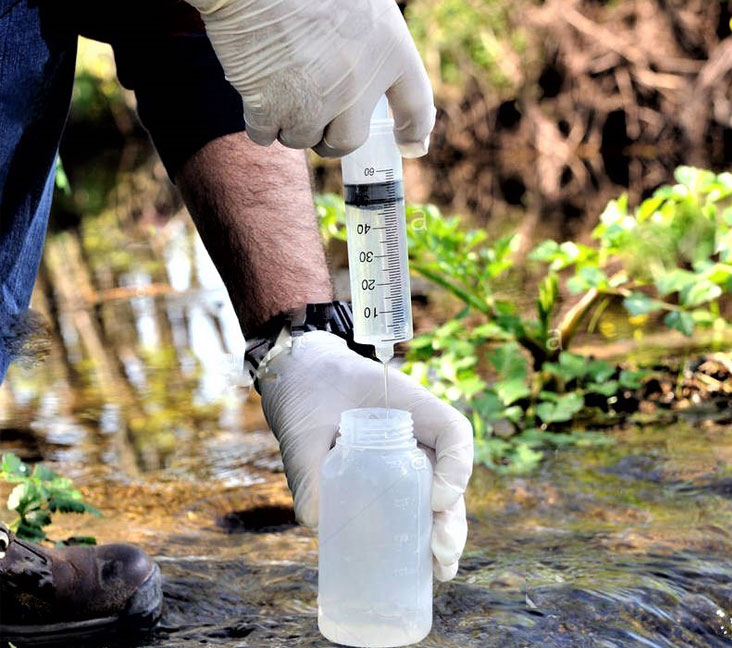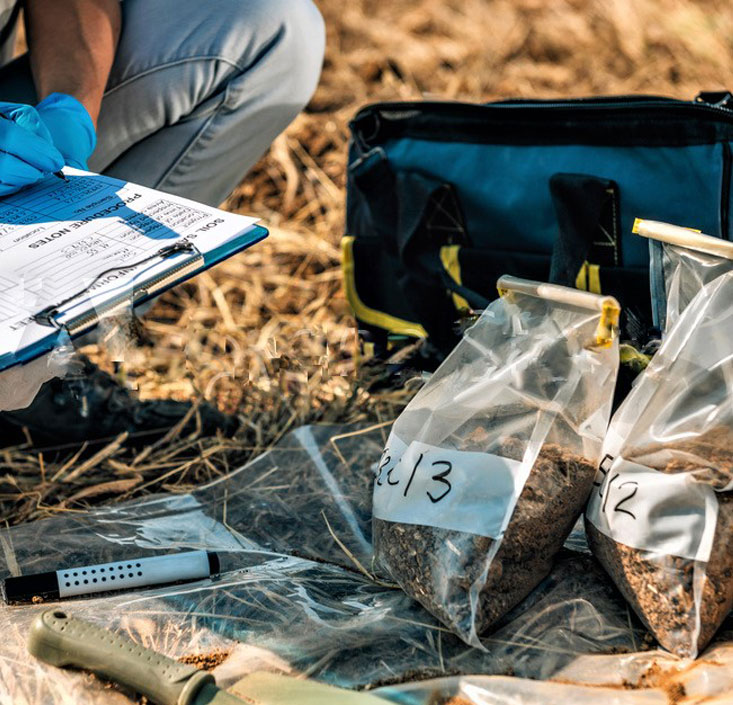Environmental Forensics
- Home
- Environmental Forensics
Environmental Forensics
Environmental forensics is the systematic and scientific evaluation of physical, chemical and historical information, to develop defensible scientific and legal conclusions regarding the source or age of a contaminant release into the environment.
At Aapaavani, we can help you with various applications of environmental forensics including identification of the areas of contamination to allocate responsibility for remediation in areas of mixed waste streams from multiple parties, distinguishing between anthropogenic and anthropomorphic contaminants, and for marine oil pollution, determining the spill source.


The techniques that we use for Contaminant Age Dating and Source identification include:
- Aerial photo interpretation and photogrammetry
- Association of unique chemicals with a discrete chemical process
- Identification of a manufacturer with a particular product and formulation
- The use of chemical additives and/or impurities
- Chemical profiling
- Chemical degradation modelling
- Contaminant transport modelling (air, soil, soil vapour, groundwater)
- Compound-specific isotopic analysis (CSIA)
- Polychlorinated biphenyl (PCB) and dioxin/furan congener analysis
How it Works
Here are the steps involved in the process of environmental forensics — from the initial site investigation through lab analysis to the final remediation.
Step 1: Site investigation for visual evidence

Step 2: Collection and preservation of samples

Step 3: Identification of subsurface fractures/faults

Step 4: Chemical fingerprinting (isotope profiling)

Step 5: Lab analysis using chromatography

Step 6: Interpretation & visualization of the results

Step 7: Further research on evidence found

Step 8: Identification of remedial measures

Step 9: Remediation process at the site

Application of Environmental Forensics
- Petroleum hydrocarbons (refined/unrefined)
- Poly Aromatic Hydrocarbons (PAHs)
- Chlorinated solvents (PERC)
- Polychlorinated biphenyls (PCBs)
- Polychlorinated dibenzo-p-dioxin (PCDD)
- Dibenzofuran (PCDFs)
- Selected metals
- Volatile Organic Compounds (VOCs)
- Methane (Coal bed)
- Pesticides (Persistent/non-persistent)

